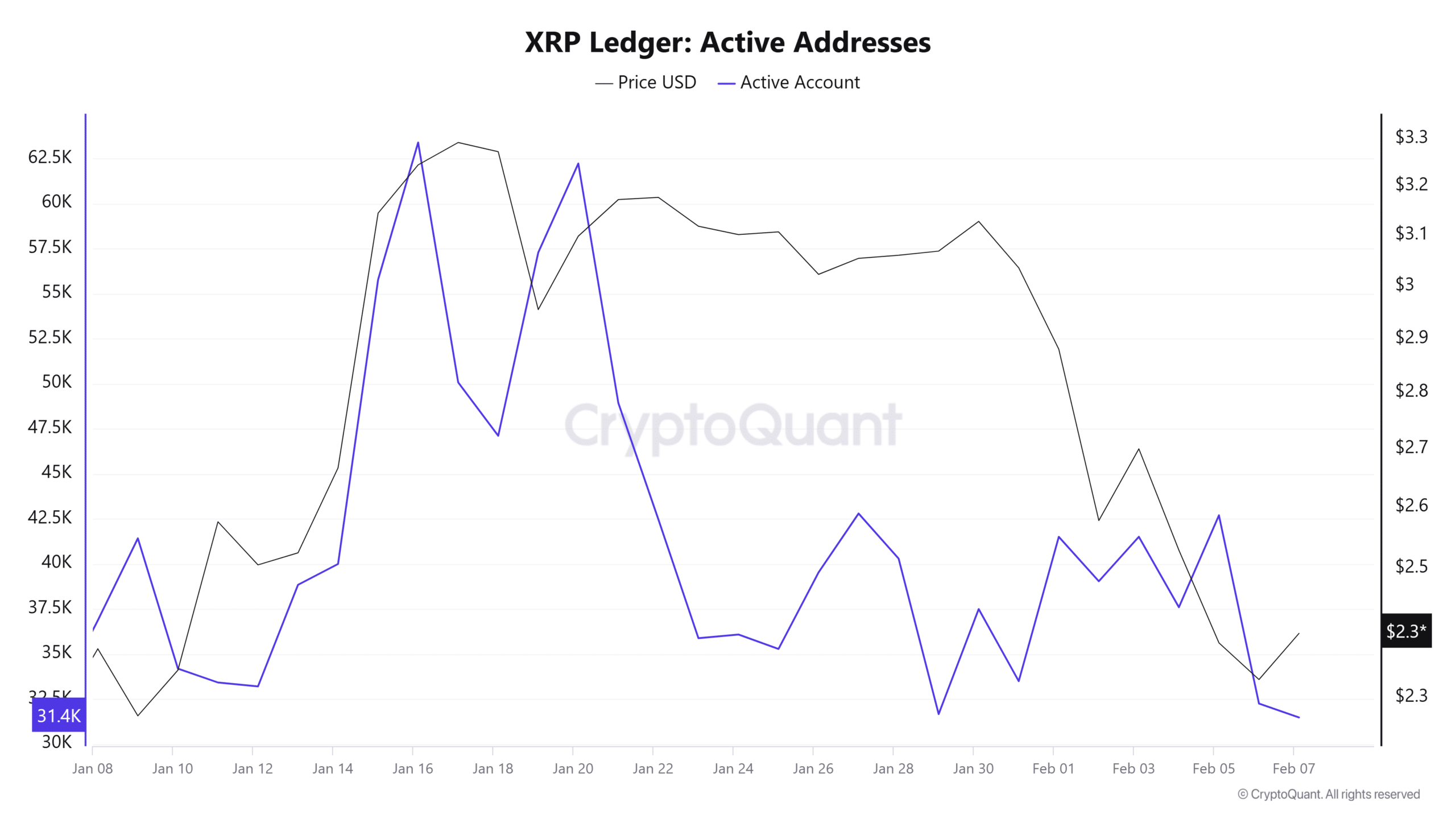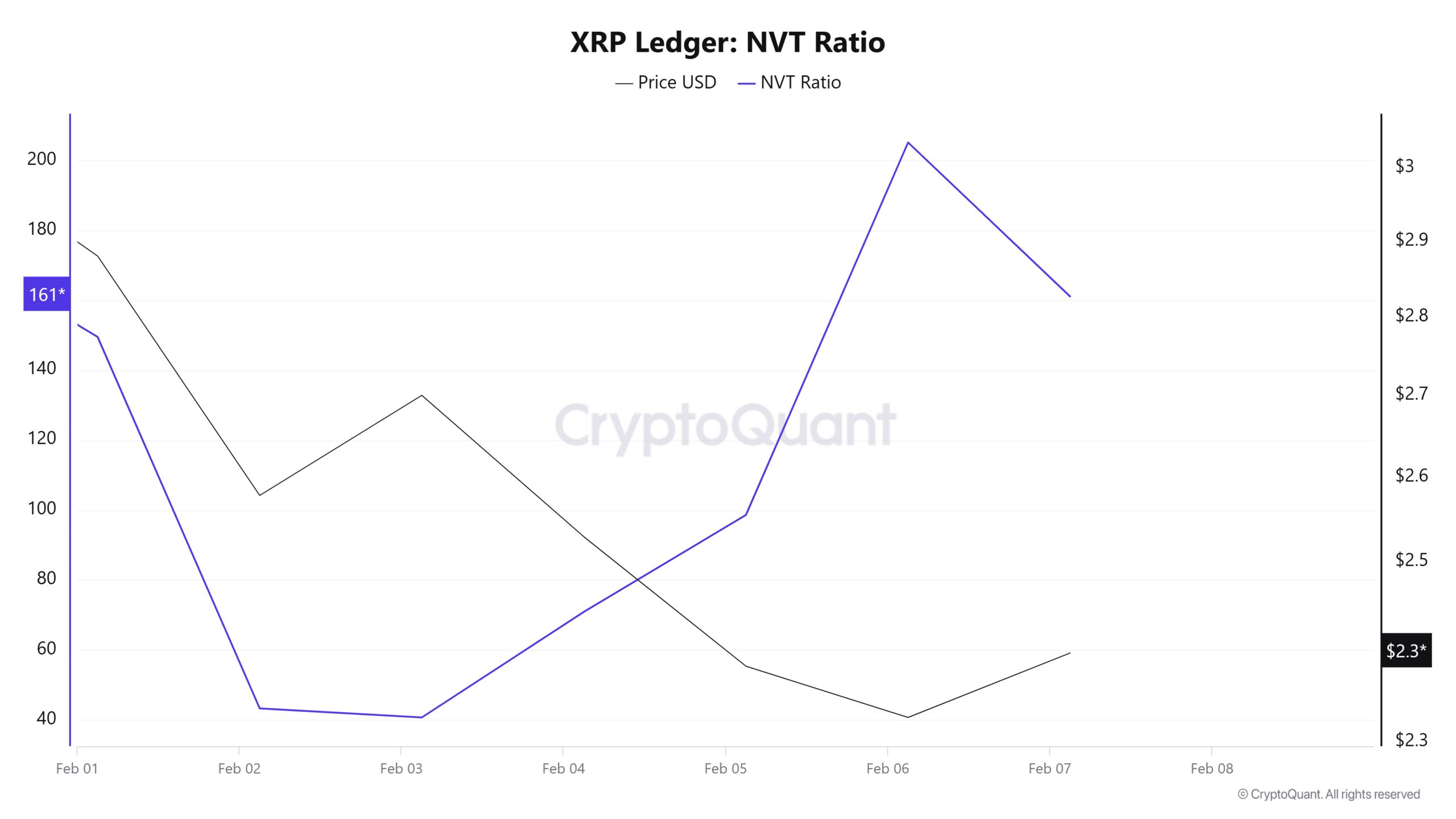-
XRP’s upcoming depository receipts signify a pivotal shift in the crypto landscape, potentially enhancing liquidity and institutional adoption.
-
The introduction of XRP depository receipts in the U.S. market positions XRP as a viable option for traditional investors seeking cryptocurrency exposure.
-
“This approach mirrors the traditional American Depository Receipts, allowing investors to access XRP without navigating crypto exchanges,” noted a source from COINOTAG.
Discover how XRP’s depository receipts could reshape the cryptocurrency market and attract institutional investment in a significant way.
XRP Depository Receipts for Accredited Investors
The launch of XRP depository receipts by the Digital Securities & Firm Receipts Depo (RDC) in the United States marks a major advance for cryptocurrency. This initiative allows accredited investors to gain exposure to XRP while sidestepping traditional crypto exchanges.
According to recent reports from Fox Business, these depository receipts will be accessible to qualified investors via receipts depository and DWP advisors. This move not only legitimizes XRP in the eyes of traditional finance but also enhances the accessibility for retail investors who are traditionally skeptical of crypto platforms.
By simplifying the process of acquiring XRP through depository receipts, RDC enables investors to engage with digital assets similarly to how they would with traditional stocks and shares. Such innovation can play a crucial role in bridging the gap between traditional finance (TradFi) and decentralized finance (DeFi).
For enhanced security and compliance, Anchorage will act as the custodian for XRP, ensuring that the depository receipts operate within established legal frameworks. This federal charter recognition adds a level of assurance, particularly for institutional investors who prioritize regulatory oversight.
What’s the Significance of XRP DR?
The introduction of depository receipts is significant because it provides investors the opportunity to own XRP directly, unlike ETFs that have ties to the traditional financial system. This ability to hold the underlying asset offers a more authentic investment approach.
Additionally, this development could pave the way for increased institutional interest in XRP, potentially leading to price stabilization and market recovery. With lower barriers to entry, more investors might embrace XRP, thus increasing its market activity.
What Does It Mean for XRP’s Price?
Despite a recent downturn, where XRP reported a substantial decline of over 20%, the new depository receipts may provide a catalyst for recovery. At the time of writing, XRP trades around $2.39, but the potential influx of new investors aimed at adopting these receipts could shift the price dynamics.

Source: CryptoQuant
These developments could reinvigorate active addresses on the XRP network, which have recently reached a monthly low. Increasing active users is essential for restoring confidence among investors and enhancing transaction volumes.
The decline in transaction volume is reflected in a rising NVT Ratio, indicating diminishing investor interest and market demand. New institutional participation could reverse this trend and encourage retail traders to re-engage.

Source: CryptoQuant
Thus, the recent development of XRP depository receipts arrives at a crucial moment to bolster market demand and restore investor confidence among both large institutions and retail traders.
Conclusion
The introduction of XRP depository receipts has the potential to transform the cryptocurrency landscape by providing investment access akin to traditional equities. It creates an opportunity for increased liquidity and interest, which may positively affect XRP’s market performance. As institutional players enter the arena, the possibility for XRP’s price recovery could pave the way for sustained growth in the future.







